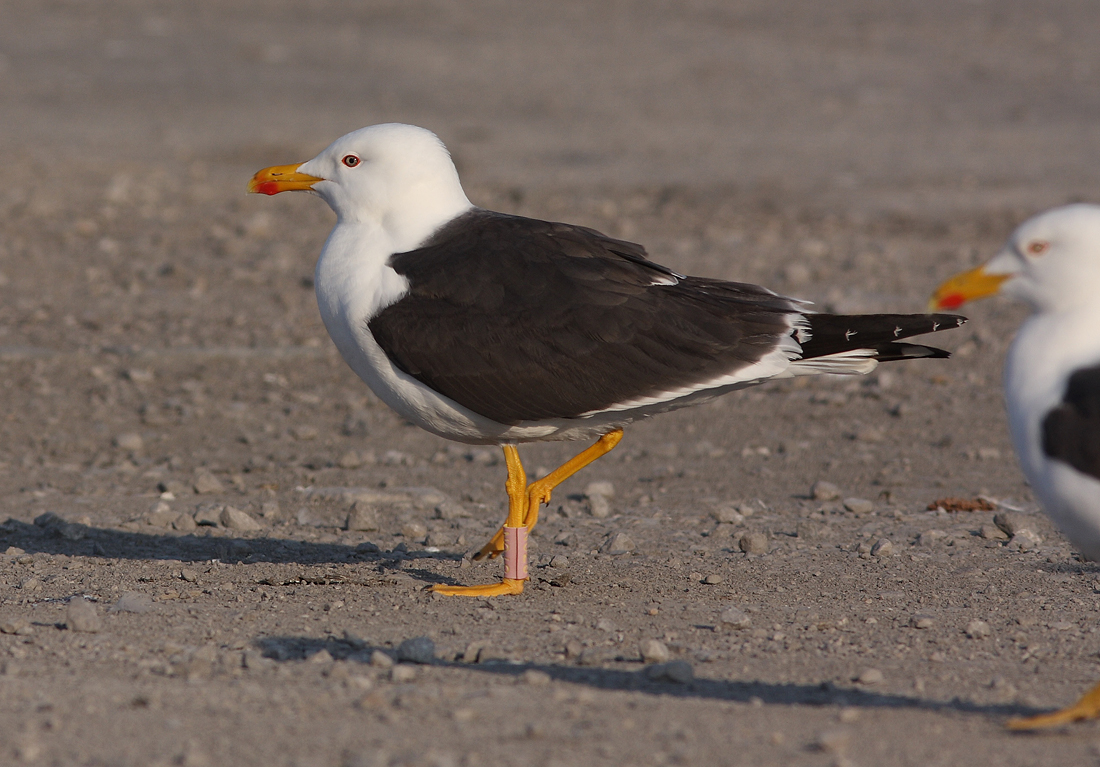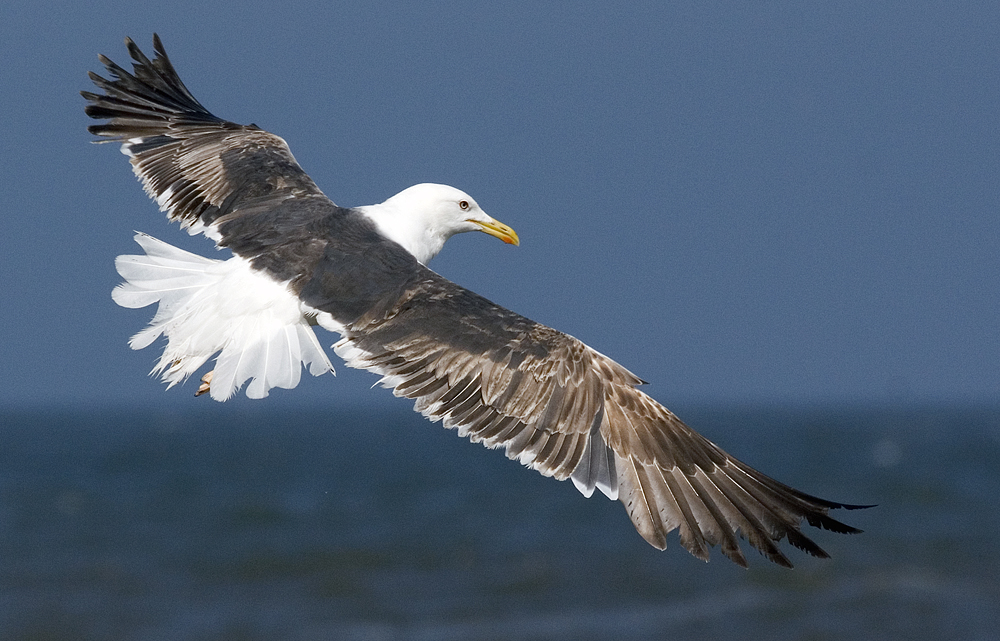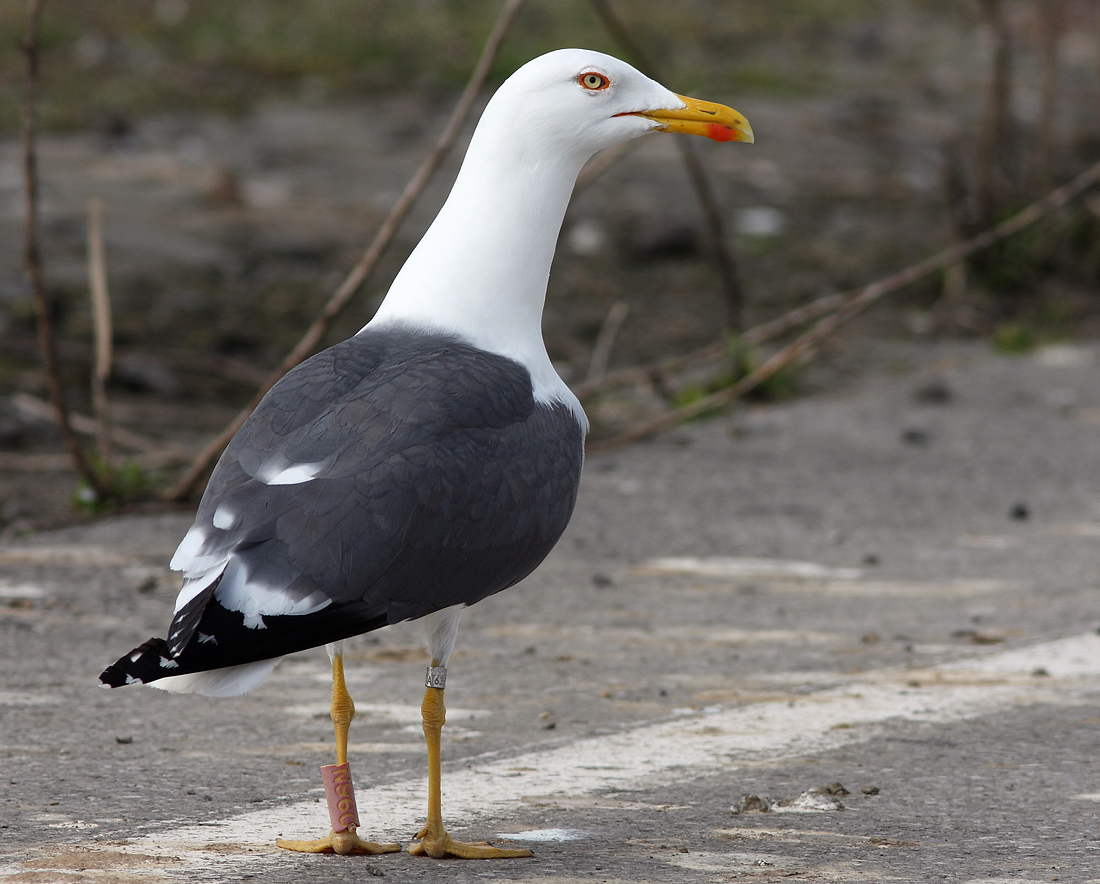Rings from NW France
Posted: Fri Jul 19, 2013 9:11 pm
I don't want people to feel uncomfortable, but I think I don't say anything new when it comes to the red ring-yellow code as used in NW France. The red coating is very thin and easily gets lost, and the plastic used is of bad quality, rings fall off after only a couple of years. This really is a pity because its a young colony at Calais, which is interesting to follow in its evolution. Everybody checking French rings along the Atlantic coast knows how difficult it is to read them, and of course this will have a huge impact on recoveries.
Fortunately, Jean-Michel is visiting the colony as often as he can, taking cracking images and reading metal rings when the colour rings have gone lost. I have added another 112 images taken by Jean-Michel, and I have to say every picture is a beauty!

You can check from the ring page and go to the Frech red rings: http://www.gull-research.org/lbbgjanmay/000rings.html
Or just start in any section like adult LBBG in March-April: http://www.gull-research.org/lbbg5cya/05cyapril.html
This last link also brings you to an outstanding work called "A historical ecology of two closely related gull species (Laridae): multiple adaptations to a man-made environment" - by: Kees (C.J.) Camphuysen - Ph.D.-thesis, University of Groningen, Groningen, The Netherlands, June 2013
And finally, I've uploaded some flying birds of all age classes for July: http://www.gull-research.org/lbbgjunjul/04cyjul.htm

Fortunately, Jean-Michel is visiting the colony as often as he can, taking cracking images and reading metal rings when the colour rings have gone lost. I have added another 112 images taken by Jean-Michel, and I have to say every picture is a beauty!

You can check from the ring page and go to the Frech red rings: http://www.gull-research.org/lbbgjanmay/000rings.html
Or just start in any section like adult LBBG in March-April: http://www.gull-research.org/lbbg5cya/05cyapril.html
This last link also brings you to an outstanding work called "A historical ecology of two closely related gull species (Laridae): multiple adaptations to a man-made environment" - by: Kees (C.J.) Camphuysen - Ph.D.-thesis, University of Groningen, Groningen, The Netherlands, June 2013
And finally, I've uploaded some flying birds of all age classes for July: http://www.gull-research.org/lbbgjunjul/04cyjul.htm


